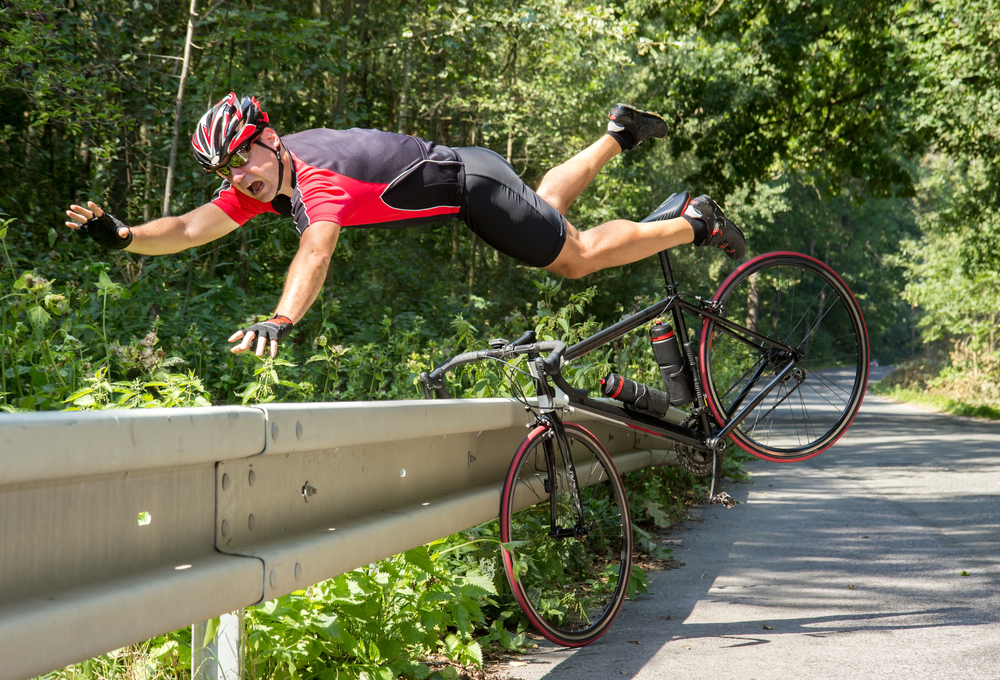
The Giro, ‘Le Tour’ and ‘La Vuelta’ are now done… Cyclists beware as the enthusiasm creeps in for the next adventure; watch out for those clavicle injuries! As you go sailing through the air, it’s the landing pattern that makes all the difference. Landing on the tip of the shoulder does the damage to the clavicle…
This ‘S’-shaped bone is so designed to provide an energy absorbing ability to fracture and dissipate high-impact energy without causing serious harm to underlying vital structures such as the chest, major arteries and nerves. So, far from being a nuisance, the clavicle has saved you from far more serious and potentially life-threatening consequences of your misadventure.
Fractures commonly occur in the middle third of the bone and can displace, depending on the amount of energy that went into creating the break.
So what should you do now that your clever clavicle has saved you from more serious damage? Well, if there is either displacement, shortening or fragmentation, it is probably worth undergoing a surgical fixation to restore the bone to its former glory (ready to protect you from your next gravity-inspired misadventure). This advice comes out of both research and experience.
Although the bone often heals, it disobeys this rule sufficiently frequently to, at least, consider surgical treatment. Shoulder function is certainly better with the length restored to this trusty bone. Back on the trainer in two weeks, and on the road by a month or so if you are careful – now that sounds better! A lot faster, and back to work quicker, than waiting on Mother Nature.
The other little problem resulting from falling off is the dislocation of the clavicle joint – this happens when the bone does not fracture, but the force of the fall ruptures the ligaments holding the clavicle in place. It ‘pops up’ and makes a lump on the top of the shoulder. Although probably not as painful as the fracture, this injury allows the whole arm to drop, and the shoulder moves inward toward the chest. Left untreated, reasonable function usually returns, but the lump remains and late symptoms often become very annoying.
Quite like the ‘fracture’ cousin, this injury does well with fixation, allowing you back on the bike by two weeks, and on the road slightly sooner than the clavicle.
Modern anaesthesia and surgical devices are getting us out and about much quicker than before – getting you back in the lycra before the flab sets in.
Good riding!
This article is for information only and should not be used for the diagnosis or treatment of medical conditions. myHealthSpecialist makes no representations as to the accuracy or completeness of any of the information in this article, or found by following any link from this article. Please consult a doctor or other healthcare professional for medical advice.
